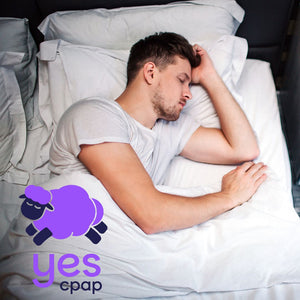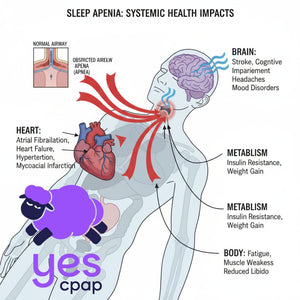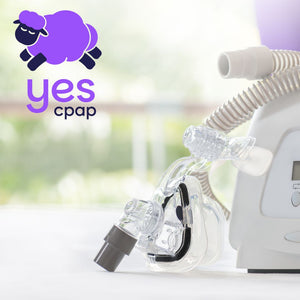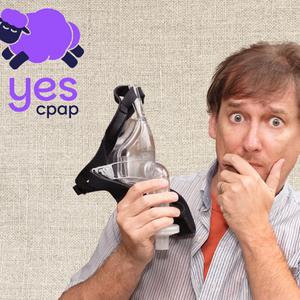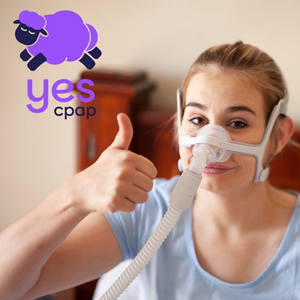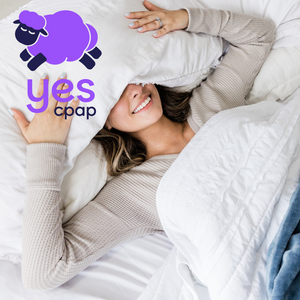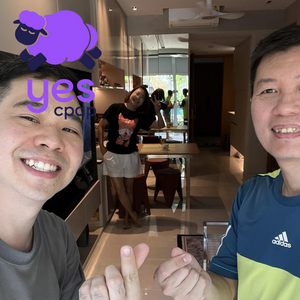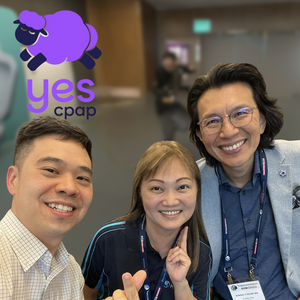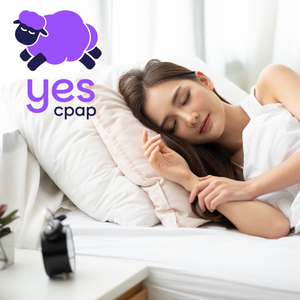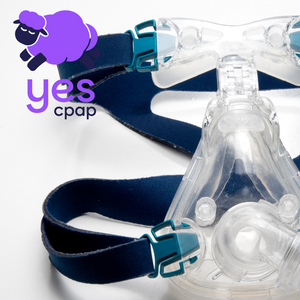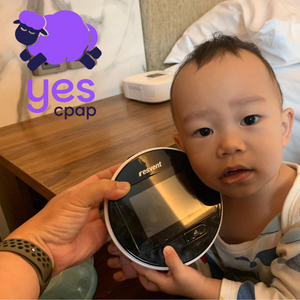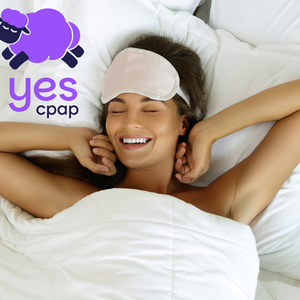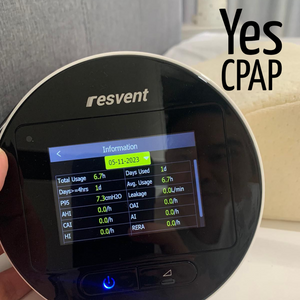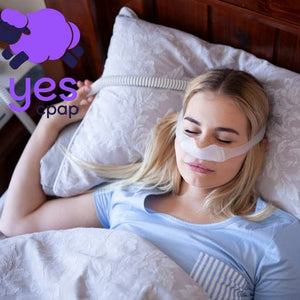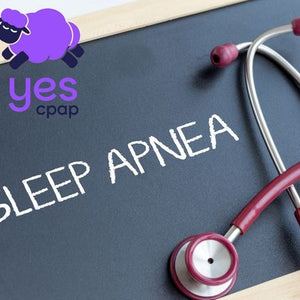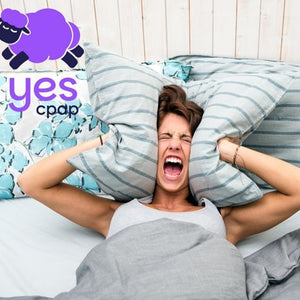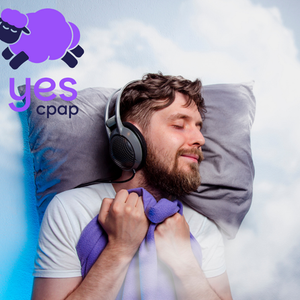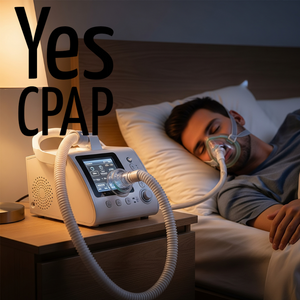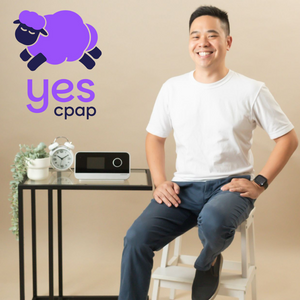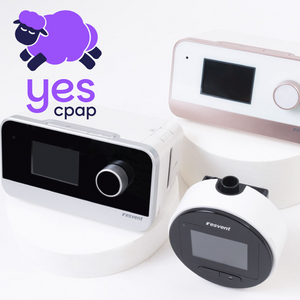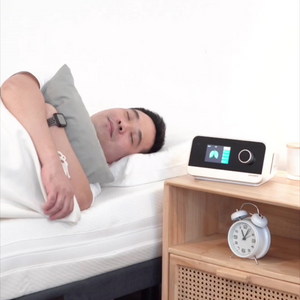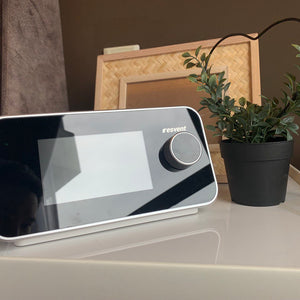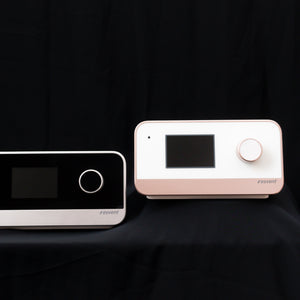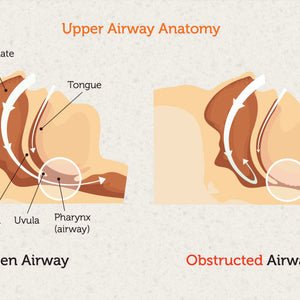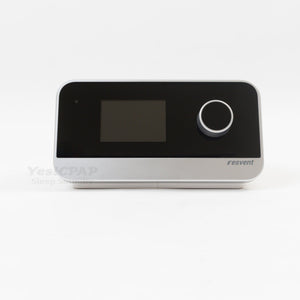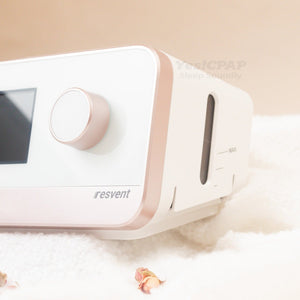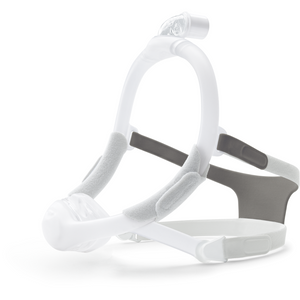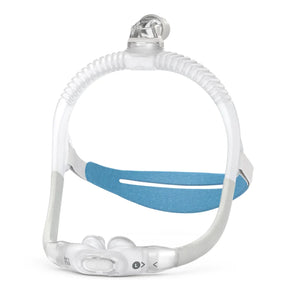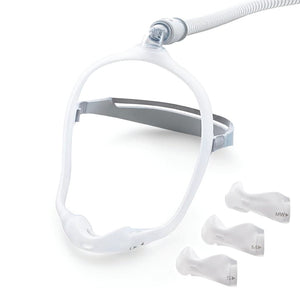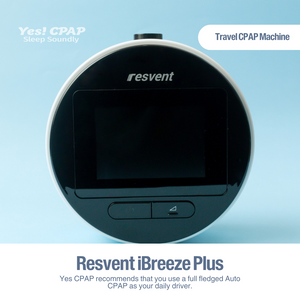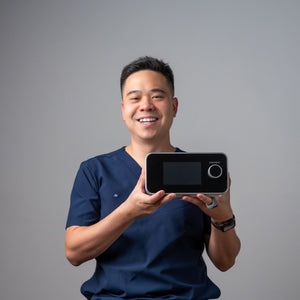If you’re new to CPAP therapy, you’ve probably already heard this saying: “Take care of your machine, and it will take care of you.” It might sound like a cliché, but it’s absolutely true. A well-maintained CPAP machine can last seven to ten years. On the other hand, if you ignore its care—especially in Singapore’s hot and humid climate—you may start facing breakdowns, leaks, or even health problems in just a few months.
The good news is that CPAP care doesn’t have to be complicated. With just a few minutes of daily maintenance and some deeper cleaning routines once a week or month, you can protect your investment, improve your sleep quality, and stay healthier overall.
This guide will walk you through everything you need to know: from understanding each part of your CPAP machine, to daily routines, cleaning methods, troubleshooting common problems, and tips to make your device last as long as possible.
Why CPAP Care Matters More Than You Think
When people first start CPAP therapy, most focus on getting used to the mask or the feeling of pressurized air. Maintenance often feels like an afterthought. But here’s the reality: your CPAP is a medical device, not just another home gadget.
-
Dirty CPAP equipment can make you sick. Bacteria, mold, and allergens thrive in humid environments. If your mask, tubing, or water chamber isn’t cleaned properly, you might end up with sinus infections, throat irritation, or even respiratory illness.
-
A neglected machine wears out faster. Dusty filters, leftover water, or mineral buildup can strain the motor and shorten its lifespan drastically.
-
Therapy becomes less effective. Even small leaks or blockages can reduce the pressure you’re supposed to receive. That means poor sleep, more fatigue, and a higher risk of untreated sleep apnea symptoms.
Taking care of your CPAP is really about taking care of yourself. Every minute you spend maintaining it adds hours of better, healthier sleep.
Meet Your CPAP: What Each Part Does
Think of your CPAP as a team. Every part has a unique role, and when all the pieces work together, you get comfortable, effective therapy.
The Motor (Main Unit) – The Heart of the System
The motor is the “engine” that creates a steady stream of pressurized air. It draws in room air, pushes it through filters, and compresses it to the prescribed pressure. Modern CPAP machines also use sensors to automatically adjust the pressure to your needs throughout the night.
In Singapore’s climate, the motor needs extra care because dust and humidity can strain its delicate parts. Always keep your device on a stable, clean surface away from direct sunlight or damp areas.
The Humidifier – Comfort for Your Airways
Without moisture, CPAP air can feel dry and irritating. The humidifier prevents this by adding warm vapor to the airflow. This is especially important in air-conditioned rooms, where dry air can worsen throat irritation.
Most humidifiers come with adjustable settings. In Singapore, where humidity is naturally high, you may not always need the highest level. But if you sleep in an air-conditioned room, a medium or high setting often feels best.
The Tubing – The Delivery Path
Tubing carries the pressurized air from the machine to your mask. Standard CPAP tubing is about 22mm in diameter, though slimmer and heated versions are also common. Heated tubing is especially useful in humid climates because it prevents condensation (the dreaded “rainout”).
The Mask – The Seal of Success
The mask is arguably the most personal part of CPAP therapy. It creates a seal on your face to make sure the pressurized air actually enters your airways. Without a good seal, therapy won’t work effectively.
Masks come in different styles:
-
Nasal masks (cover only the nose)
-
Full face masks (cover both nose and mouth)
-
Nasal pillows (rest just inside the nostrils)
Choosing the right one often depends on whether you breathe through your mouth, your preferred sleeping position, and your comfort preferences.
Daily Care: Just 5 Minutes Every Morning
Consistency is the key to CPAP maintenance. Thankfully, daily care only takes about five minutes.
Morning Routine
-
Turn off the machine and remove your mask. Never disconnect tubing while the device is still running.
-
Empty the water chamber. Never leave water sitting in the humidifier all day—it becomes a breeding ground for bacteria.
-
Rinse the mask and tubing with warm water. This removes oils, sweat, and condensation.
-
Dry thoroughly. Hang tubing vertically and place mask parts near a fan or air-conditioner to ensure proper drying.
Evening Routine
-
Fill the humidifier with distilled water. Tap water leaves mineral deposits that can damage the chamber.
-
Check the mask seal. Make sure cushions are soft, not cracked.
-
Arrange the tubing. Position it so it’s not bent or pinched.
These small habits make a big difference in preventing bacteria, protecting your equipment, and keeping therapy comfortable.
Weekly Care: A Deeper Clean
Once a week, give your CPAP a more thorough clean. This helps remove buildup that daily rinsing can’t fully handle.
-
Mask: Soak all components in warm, soapy water for about 30 minutes. Use a gentle, unscented dish soap.
-
Tubing: Run a CPAP tubing brush through it, then rinse with warm soapy water. Hang to dry completely.
-
Water chamber: Soak in a vinegar solution (1 part vinegar to 1 part water) for 30 minutes. This removes mineral buildup.
-
Machine exterior: Wipe gently with a damp cloth or alcohol wipes.
Avoid harsh cleaning agents, bleach, or boiling water, as these can damage delicate silicone and plastic parts.
Monthly Checkup: Prevent Problems Early
Once a month, take some extra time for a full inspection:
-
Check for cracks or discoloration. Replace any worn-out parts before they fail.
-
Test mask for leaks. Apply soapy water around the edges and look for bubbles when air is flowing.
-
Adjust humidifier settings. Singapore’s rainy season may require a lower setting, while air-conditioned rooms may need higher humidity.
-
Replace or wash filters. Dust buildup is one of the biggest threats to your motor.
Think of this as a mini service appointment—by catching issues early, you avoid bigger breakdowns later.
When to Replace CPAP Parts
Because of Singapore’s humid weather, CPAP parts wear out faster than in cooler climates. Follow this timeline:
-
Disposable filters: Replace every 2 weeks.
-
Mask cushions: Replace every 2–3 months.
-
Headgear and frame: Replace every 4–6 months.
-
Tubing: Replace every 6 months.
-
Water chamber: Replace every 6–8 months.
-
Reusable filters: Replace every 8–12 months.
Delaying replacement might seem like a way to save money, but worn-out parts can reduce therapy effectiveness and even damage the machine.
Common CPAP Problems and Simple Fixes
Mask Leaks
-
Refit the mask gently—don’t overtighten.
-
Clean the cushion daily to remove facial oils.
-
Replace cushions if they’ve hardened or cracked.
-
Try a different mask type if leaks persist.
Too Much Condensation (“Rainout”)
-
Lower the humidifier setting by one or two points.
-
Use heated tubing to keep air temperature stable.
-
Keep your room temperature between 22–24°C.
Uncomfortable Pressure
-
Use the ramp feature: start with a low pressure that gradually increases.
-
Try auto-adjusting pressure if your device supports it.
-
Practice wearing the mask while awake to reduce anxiety.
Strange Noises or Smells
-
Replace filters if clogged.
-
Clean humidifier chamber thoroughly.
-
Move the device to a stable, flat surface.
Most of these issues are simple to fix at home with basic cleaning and adjustments.
How Singapore’s Climate Affects CPAP Care
Living in Singapore comes with unique challenges for CPAP users:
-
High humidity: Accelerates bacterial growth in tubing and water chambers.
-
Air-conditioning: Can dry out airways, increasing the need for humidification.
-
Haze seasons: Dust and fine particles clog filters faster.
-
Small living spaces: Machines may be stored in less-ventilated areas, which increases the risk of moisture damage.
Being mindful of these factors will help you adjust your cleaning and replacement schedule accordingly.
Key Takeaway
CPAP therapy is one of the most effective treatments for sleep apnea, but only if your equipment is clean, well-maintained, and working properly.
-
Daily care keeps bacteria and dust away.
-
Weekly cleaning prevents mold and mineral buildup.
-
Monthly checks catch problems before they get worse.
-
Timely replacements keep therapy safe and effective.
Your CPAP isn’t just a machine—it’s your partner in better sleep and better health. With just a little daily effort, you can enjoy years of comfortable therapy and wake up feeling truly refreshed.
Remember: the cleaner your CPAP, the healthier your sleep.




